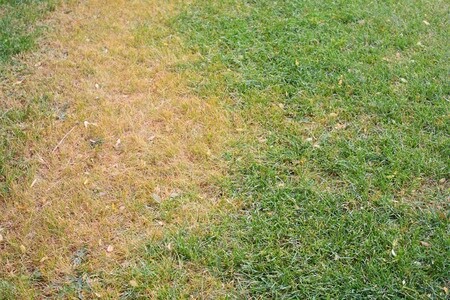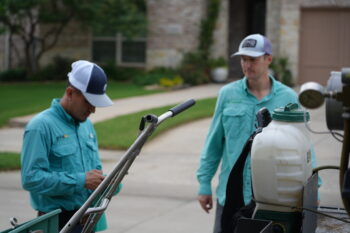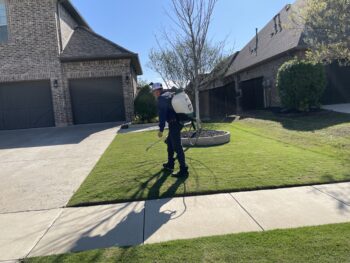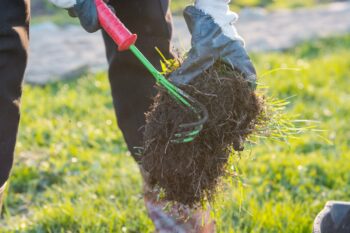A lush, vibrant lawn is a source of pride for homeowners. However, sometimes even the most well-maintained lawns can experience patches of dead grass. Whether it’s due to drought, nutrient deficiencies, or other factors, witnessing your once-green carpet turn brown can be disheartening.
The hard news to hear is that dead grass cannot be revived. It needs to be replaced with sod or seed. In this article, we’ll discuss effective strategies to help you bring your grass back to its former glory.
Restore life to your lawn
Here are the steps you need to follow in order to have a full, vibrant lawn again:
- Identify the problem
- Remove dead grass
- Test and amend the soil
- Lay down sod or reseed the turf
- Watering and maintenance
- Prevention and ongoing care
- Seek professional care
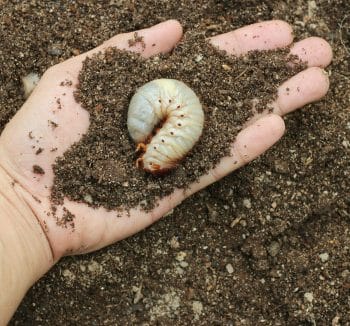
Identify the Problem
Before you can revive your dead grass, it’s important to determine the underlying cause of its condition.
Dead patches can be caused by various factors, including lack of water, improper mowing techniques, compacted soil, or pests and diseases.
Take the time to inspect your lawn and identify any signs of the problem. This will help you select the appropriate treatment and preventive measures moving forward.
Remove Dead Grass
To give your lawn a fresh start, it’s crucial to remove the dead grass and create space for new growth. Start by raking the affected areas, using a sturdy garden rake to remove the dead grass, thatch, and any debris.
This process, known as dethatching, allows air, water, and nutrients to reach the soil and new grass seeds.
Test and Amend the Soil
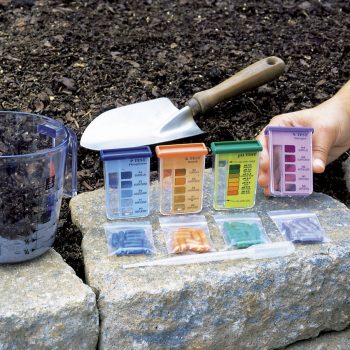
Proper soil conditions are essential for grass health and growth. Conduct a soil test to determine its pH level and nutrient content. Dead grass patches may indicate imbalances or deficiencies in the soil.
Based on the test results, amend the soil by adding organic matter, such as compost or topsoil, to improve its structure and fertility. This step will provide a healthy foundation for new grass to thrive.
Lay down sod or reseed the turf
Once you’ve prepared the soil, it’s time to introduce new grass to your lawn. You have two main options: reseeding or laying down turf.
The best option is to lay down turf, which provides instant coverage. Prepare the soil prior to turf installation by removing rocks and debris, and water the turf consistently during the initial weeks to promote good root development.
Read this guide published by Texas A&M University titled, “How to Select and Install Sod.”
Alternatively, reseeding involves spreading grass seeds evenly over the bare areas and lightly raking them into the soil.
Choose a grass variety that is suitable for your climate and lawn conditions. Water the newly seeded areas regularly to ensure sufficient moisture for germination and establishment.
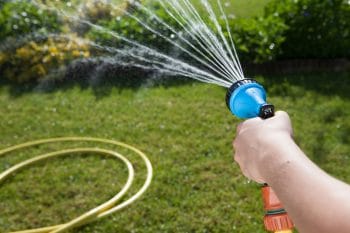
Watering and Maintenance
Consistent watering is crucial for the establishment of new grass and the revival of dead patches.
Water the reseeded areas or newly installed turf frequently, keeping the top inch of soil consistently moist for the first few weeks.
Reduce watering gradually as the grass begins to take root and show signs of growth. Additionally, maintain a proper mowing routine, ensuring not to cut the grass too short, which can stress the plants.
Learn more about water management from Texas A&M University. Regularly feed your lawn with a balanced fertilizer to provide the necessary nutrients for healthy growth.
Prevention and Ongoing Care
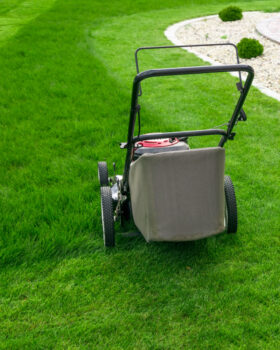
To prevent future dead grass patches, it’s important to practice good lawn care habits. Perform regular maintenance tasks such as mowing at the appropriate height, aerating to relieve soil compaction, and controlling weeds and pests.
Learn more about our lawn fertilization treatments and our insect control treatments. Monitor your lawn for signs of stress or disease, and address any issues promptly to prevent further damage.
Seek Professional Help
If you find it challenging to revive dead grass or are unsure about the best course of action, don’t hesitate to seek professional help. A lawn care specialist will assess the condition of your lawn, diagnose any underlying problems, and provide expert advice and treatment options.
One of our specialities is sod installation. Contact us today and find out how we can revive your lawn.
Conclusion
Reviving dead grass may require time, effort, and patience, but the results are worth it. By identifying the problem, removing dead grass, improving soil conditions, reseeding or laying down turf, maintaining proper watering and maintenance routines, and taking preventive measures, you will bring life back to your lawn.
Remember that each lawn is unique, and it may take some trial and error to find the best approach for your specific situation. With care and attention, your lawn can once again become a lush and beautiful landscape that you can enjoy for years to come.

